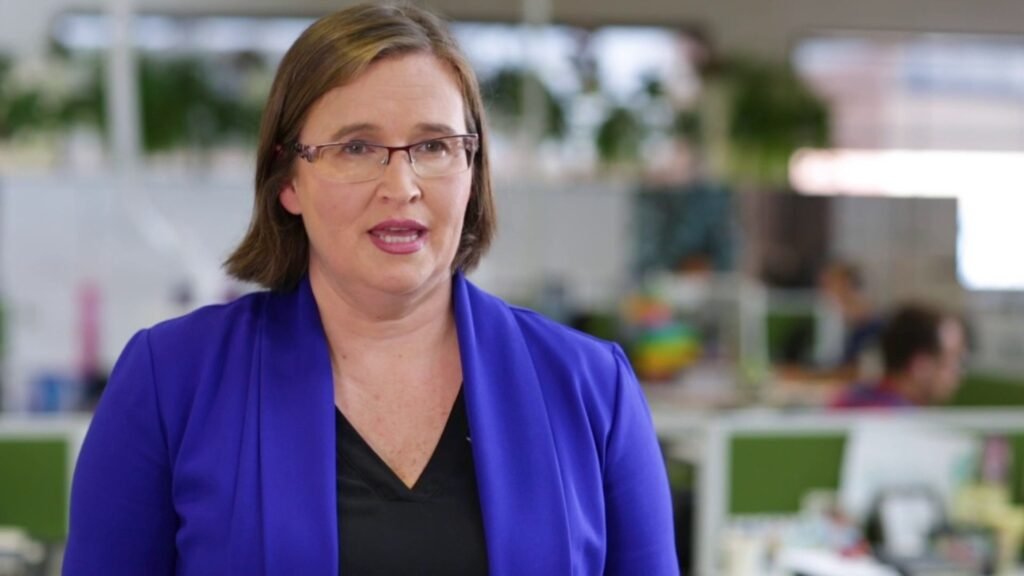How to Educate Others on Gender-Related Human Rights
Educating others about gender-related human rights is vital for fostering understanding, promoting equality, and driving social change. By raising awareness and providing accurate information, you can help dismantle prejudices and advocate for justice. This article outlines practical strategies to educate others on gender-related human rights, from utilizing engaging resources to hosting impactful events and fostering open dialogue.

Utilize Informative Resources
Leverage Educational Materials:
Use books, articles, documentaries, and online resources to provide comprehensive information about gender-related human rights. Select materials that cover various aspects, such as gender equality, gender-based violence, and the rights of marginalized gender identities.
Recommended Resources:
- Books: “The Gendered Society” by Michael Kimmel, “We Should All Be Feminists” by Chimamanda Ngozi Adichie.
- Documentaries: “The Mask You Live In,” “Period. End of Sentence.”
- Online Platforms: Websites like Human Rights Watch and UN Women provide valuable resources and updates on gender issues.
Share Educational Content:
Disseminate articles, infographics, and videos on social media and community platforms to reach a broader audience. Ensure the content is accessible and engaging to capture attention and stimulate interest.
Host Workshops and Seminars
Organize Educational Workshops:
Host workshops and seminars on gender-related human rights to provide interactive learning experiences. Invite knowledgeable speakers, such as activists, scholars, or practitioners, to share their expertise and insights.
Workshop Topics:
- Introduction to Gender Rights: Basic concepts and key issues in gender-related human rights.
- Addressing Gender-Based Violence: Understanding, preventing, and responding to gender-based violence.
- Promoting Gender Equality: Strategies for advocating gender equality in various settings.
Interactive Activities:
Incorporate activities such as role-playing, group discussions, and case studies to engage participants and encourage practical application of concepts. Provide resources and handouts for further reading and exploration.
Promote Open Dialogue and Discussion
Create Safe Spaces for Dialogue:
Establish safe and inclusive environments where individuals can discuss gender-related human rights openly. Encourage respectful conversations and provide support for diverse perspectives.
Facilitate Discussions:
Organize discussion groups, forums, or community meetings focused on gender issues. Use guided questions and scenarios to stimulate thoughtful dialogue and explore different viewpoints.
Address Misconceptions and Biases:
Be prepared to address common misconceptions and biases about gender-related human rights. Provide factual information and encourage critical thinking to challenge stereotypes and prejudices.
Engage in Community Outreach
Collaborate with Local Organizations:
Partner with local organizations and community groups that focus on gender issues. Collaborate on educational initiatives, events, and campaigns to reach a wider audience and leverage community networks.
Participate in Community Events:
Engage in community events such as fairs, festivals, or public lectures to raise awareness about gender-related human rights. Use these platforms to distribute educational materials and interact with diverse audiences.
Support Local Advocacy Efforts:
Get involved in local advocacy efforts and campaigns that promote gender equality. Offer support through volunteering, fundraising, or amplifying their messages to enhance their impact.
Leverage Social Media and Online Platforms
Create and Share Content:
Develop and share engaging content on social media platforms to reach a global audience. Use posts, stories, and videos to highlight gender-related human rights issues and encourage action.
Use Hashtags and Campaigns:
Participate in and promote social media campaigns and hashtags related to gender equality and human rights. This can help amplify important messages and connect with others who share similar goals.
Host Virtual Events:
Organize webinars, live discussions, or online forums to educate and engage people remotely. Use digital tools to facilitate interactive learning and provide accessible information.
Incorporate Gender Education into Schools and Workplaces
Integrate Gender Education in Schools:
Advocate for and support the inclusion of gender-related human rights education in school curricula. Collaborate with educators to develop age-appropriate materials and programs.
Promote Workplace Training:
Encourage workplaces to offer training and workshops on gender equality and human rights. Support the implementation of policies that promote a respectful and inclusive work environment.
Develop Educational Programs:
Work with educational institutions and organizations to create programs and initiatives that focus on gender rights. Ensure these programs are comprehensive and address diverse aspects of gender-related issues.
Lead by Example
Model Inclusive Behavior:
Demonstrate inclusive and respectful behavior in your interactions. Use gender-neutral language, challenge discriminatory remarks, and support equitable practices in your daily life.
Share Personal Experiences:
Share your own experiences and insights related to gender rights to illustrate the impact of these issues. Personal stories can help others relate to and understand gender-related challenges.
Encourage Others to Get Involved:
Inspire and motivate others to participate in gender rights education and advocacy. Provide information on how they can get involved and make a difference in their communities.
Conclusion
Educating others on gender-related human rights is a crucial step towards promoting equality and justice. By utilizing informative resources, hosting engaging events, fostering open dialogue, and leading by example, you can contribute to greater awareness and understanding of gender issues. Your efforts can help dismantle barriers, challenge prejudices, and inspire positive change in individuals and communities. Together, we can build a more inclusive and equitable world where gender rights are respected and upheld for everyone.



